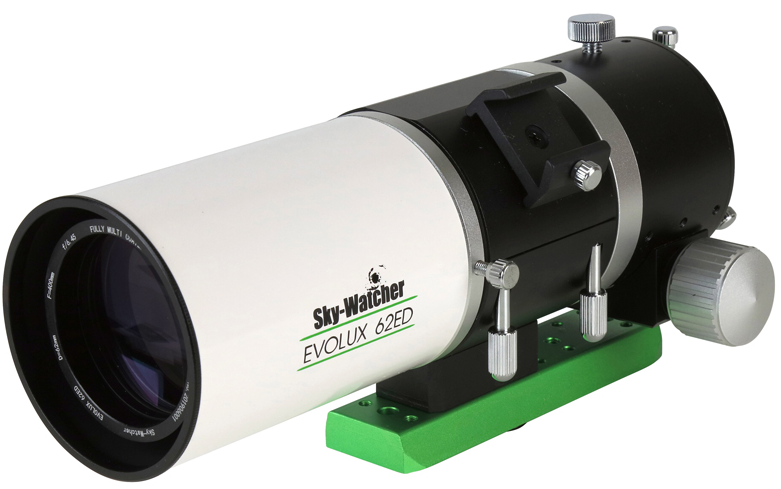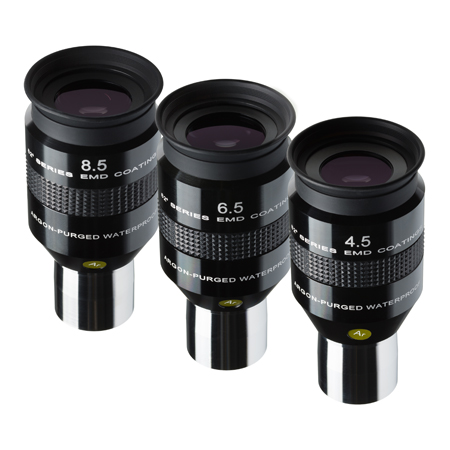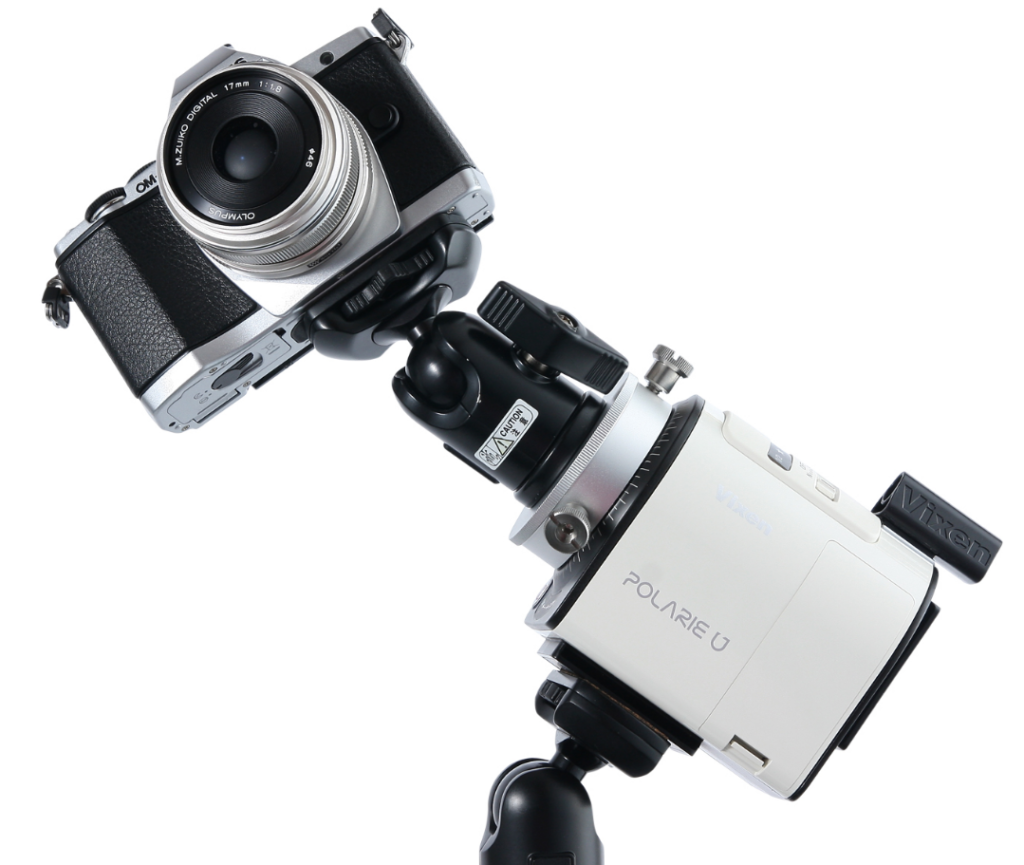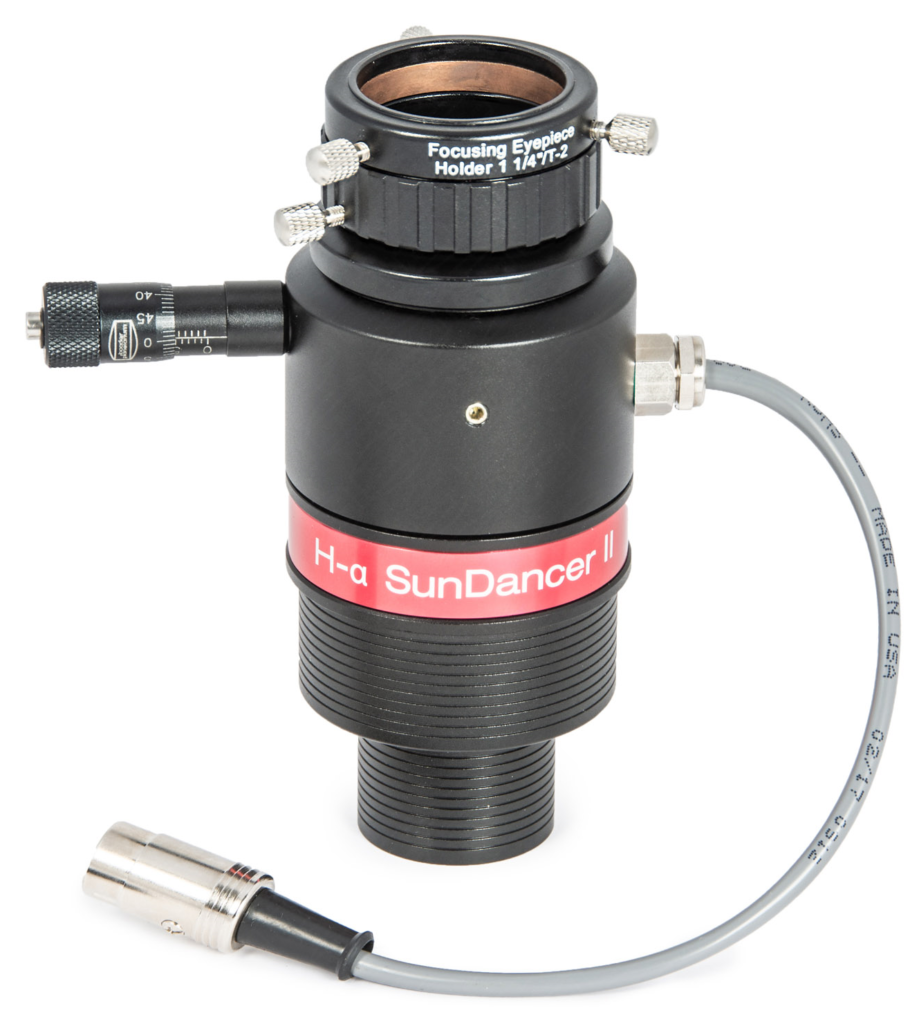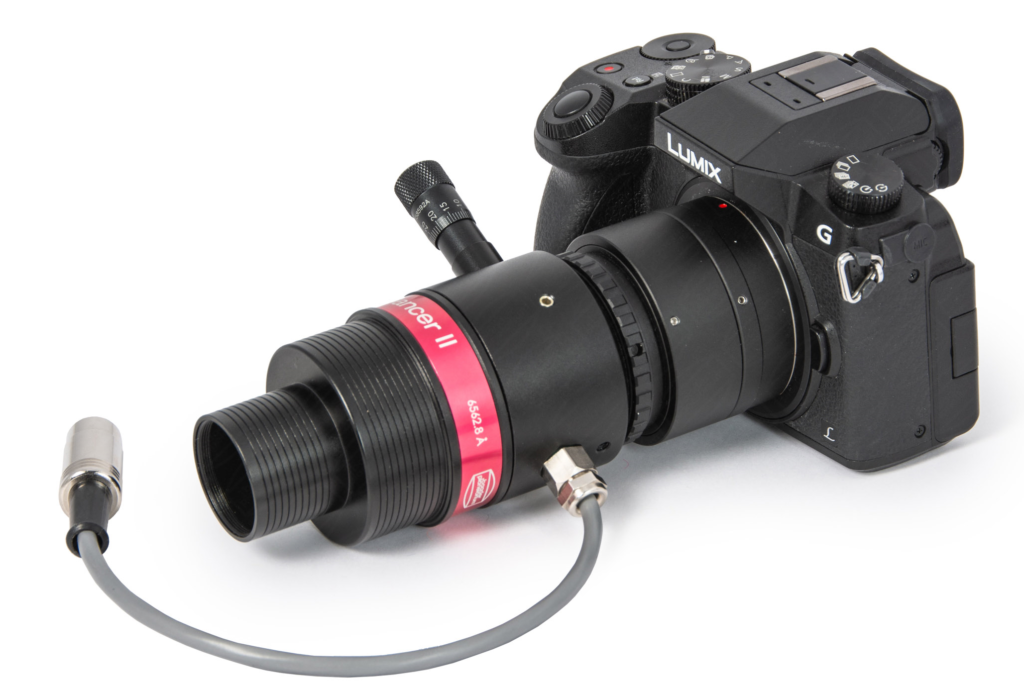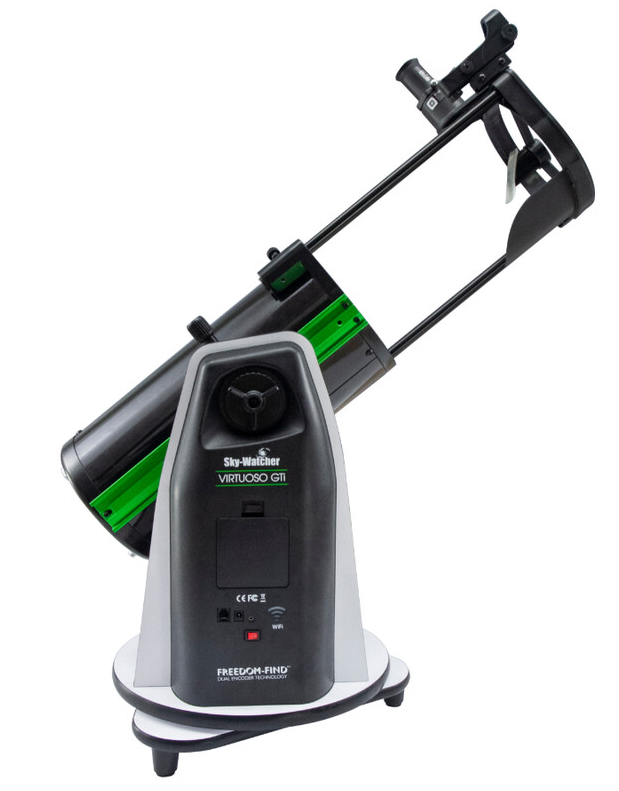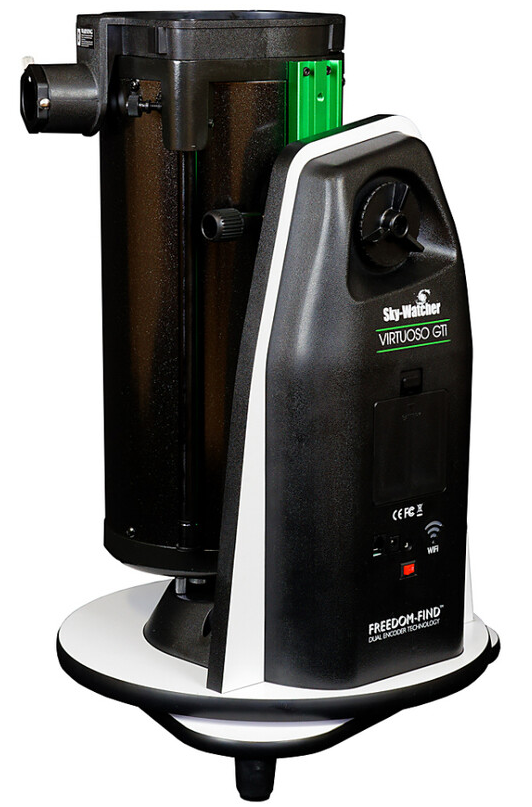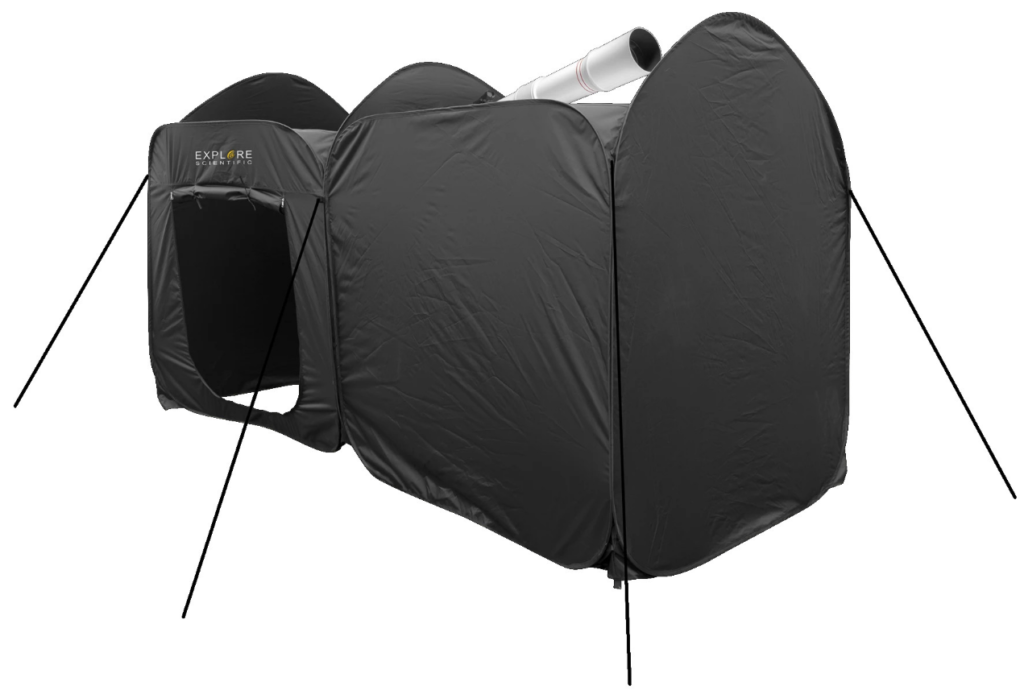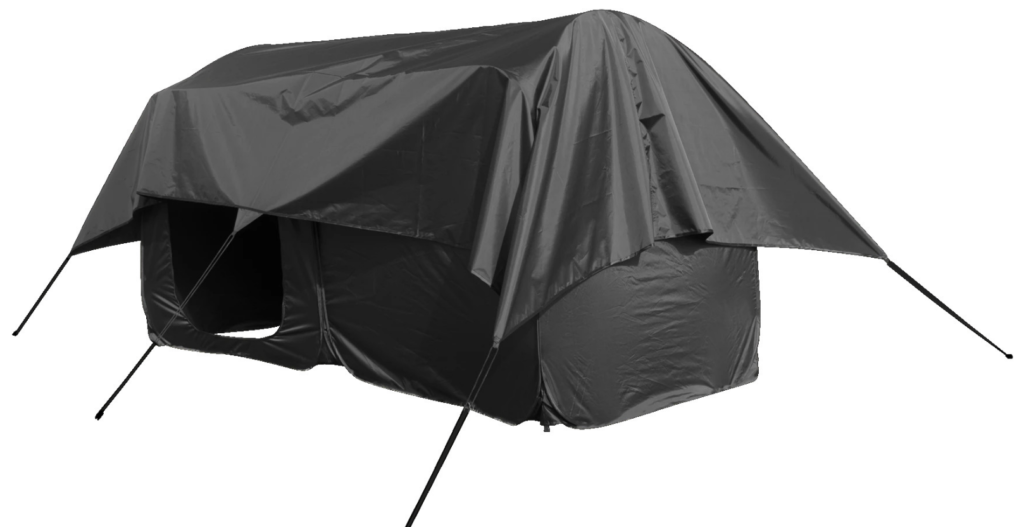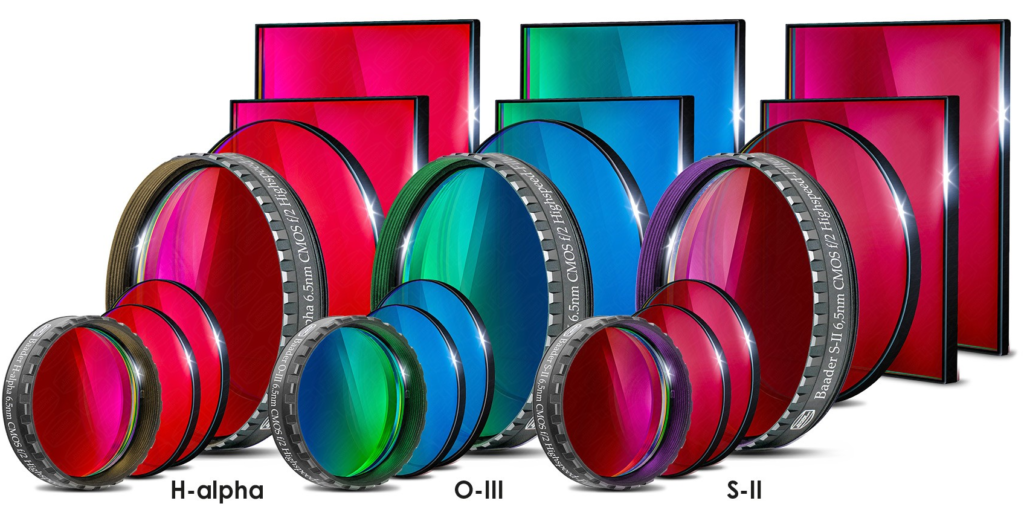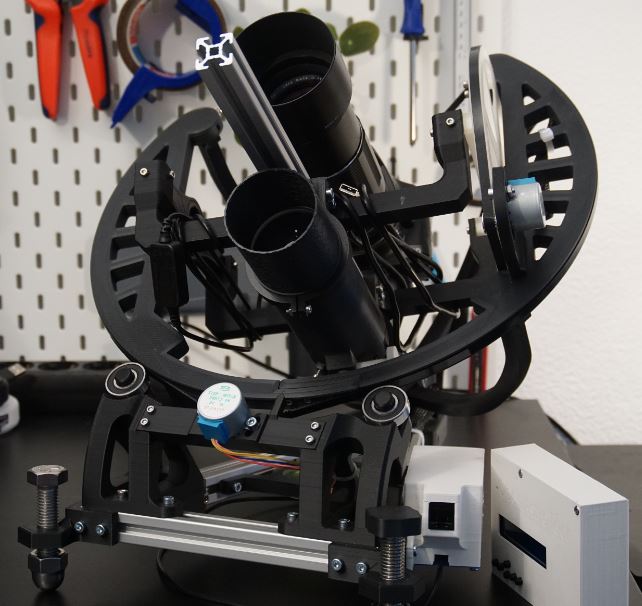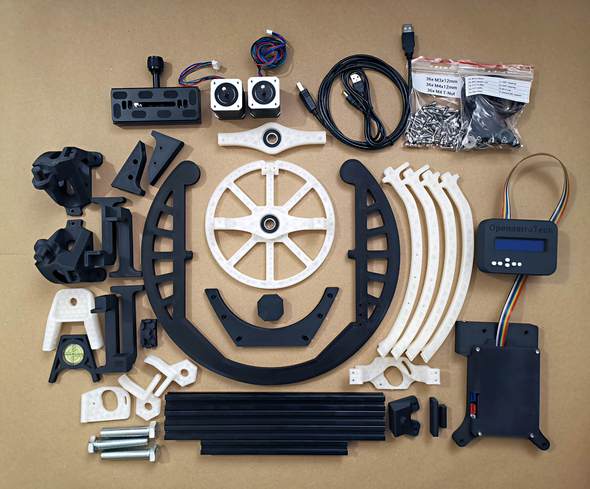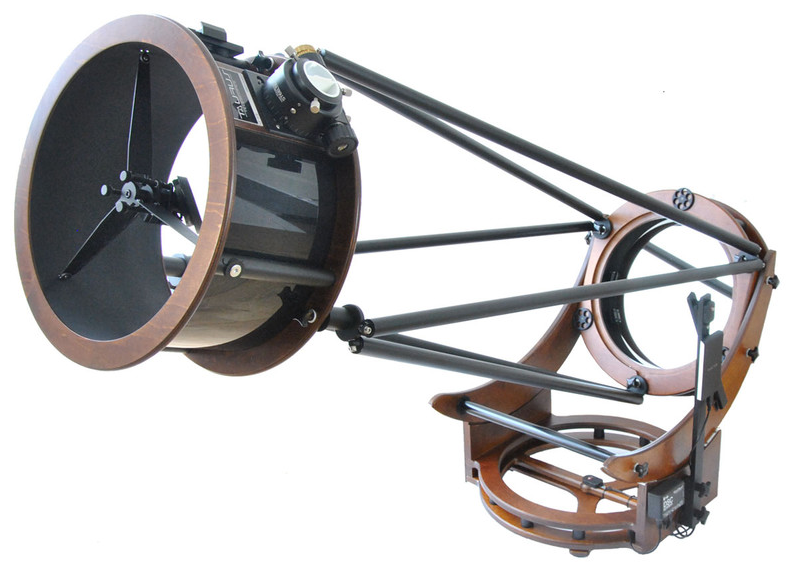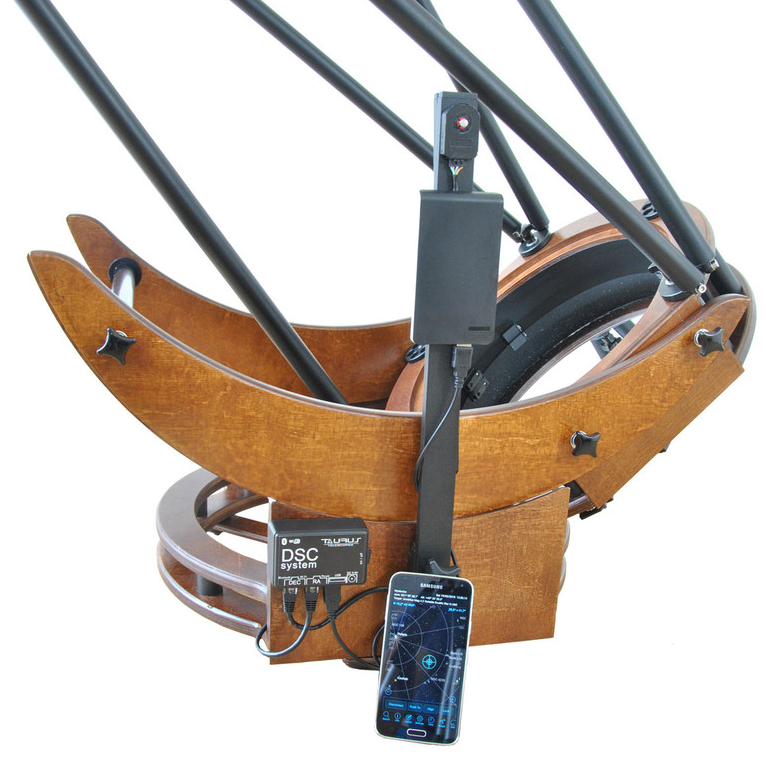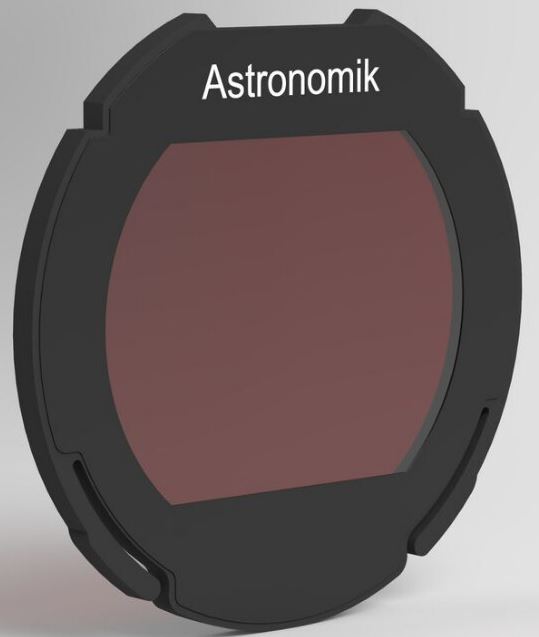The trend towards astrophotography with small but high-quality refractors is continuing. These lightweight apos do not need an expensive mount, are easy to transport and provide fantastic images of wide areas of the night sky.
With the new Evolux series, Skywatcher offers two new models in this segment:
Evolux telescopes are perfect wide-field instruments and are therefore ideal for observing and photographing large areas of the night sky. The doublet lens consists of a combination of optical glass, including a low-dispersion ED glass element, which provides sharp images of stars with high contrast and no visible chromatic aberration.
All lens elements are coated with Skywatcher’s sophisticated metallic high-transmission coating (MHTC™), one of the highest quality multilayer coatings in its class, which allows up to 99.5% light transmission.
Evolux telescopes are supplied in a foam-lined aluminium case and are equipped with a 2.4″ dual-speed rack and pinion focuser, together with a tube clamp with a Vixen-style prism rail. The dew shield can be retracted for easy transportation.
The appropriate field flattener should be used for photography: Flattener 0.9x Evolux-62ED and Flattener 0.9x Evolux-82ED. These optical aids ensure sharp star images even at the edges of the field of view and reduce the focal length, so that the Evolux becomes a fast and corrected telescope for astrophotography.

